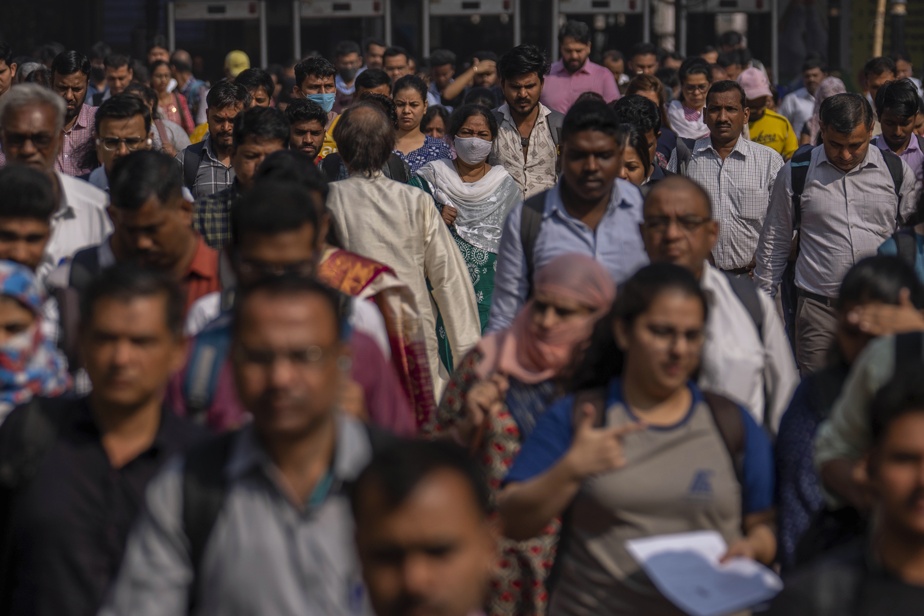India will overtake the population of China this month. Or maybe in July. Or has it already happened?
Demographers aren’t sure when India will take the title of the world’s most populous nation, as they rely on estimates to make their best guess. But they know it will happen soon, if it hasn’t already.
China has had the largest population in the world since at least 1950, the year the United Nations population data began. China and India both have more than 1.4 billion people, and together they make up more than a third of the world’s 8 billion people.
“In fact, there is no way of knowing exactly when India will overtake China,” said Bruno Schoumaker, a demographer at the Catholic University of Louvain in Belgium. There is some uncertainty, not only about the population of India, but also about the population of China. »
Mathematical calculations from a series of surveys, as well as birth and death records, predict that India will overtake China around mid-April. But demographers warn that this should be taken with a grain of salt as the numbers are unclear and could be revised.
“It’s a rough approximation, an estimate,” said Patrick Gerland, head of the population estimates and projections section at the UN in New York.
Not so long ago, it was not expected that India would become the most populous before the end of this decade. But the timetable has been accelerated by a drop in the fertility rate in China, with families having fewer children.
Demographers at the United Nations Population Division make projection-based estimates from a wide variety of data sources to get what they believe to be the most up-to-date population figures. The data used for these calculations for India and China was last updated in July 2022, said Sara Hertog, head of UN population affairs in New York.
Demographers then use a statistical technique to infer when India’s population will have overtaken China’s, according to Stuart Gietel-Basten, a professor at Khalifa University of Science and Technology in Abu Dhabi.
“The reality, of course, is that these estimates are just that,” Gietel-Basten said. But at least they are based on a relatively solid and consistent methodology. »
Figures for both nations are based on censuses, or counts, taken every ten years.
China’s last census was in 2020. Demographers have used birth and death records, along with other administrative data, to calculate population growth since.
India’s last census took place in 2011. Its planned census for 2021 was postponed due to COVID-19. Without a door-to-door count for more than a decade, sample surveys have filled the gap to help demographers and India itself understand its population, explained Alok Vajpeyi of the non-governmental organization based in New Delhi, Population Foundation of India.
One of the most important surveys is the Sample Registration System, a large-scale demographic survey of India that collects data on things like births, deaths, fertility, etc.
Andrea Wojnar, representative of the United Nations Population Fund for India, said the agency was confident in the survey figures “because it uses a very robust methodology”.
China has an aging population with stagnant growth even after the government seven years ago backed out of a one-child policy, and just two years ago said couples could have three children.
India has a much younger population, a higher fertility rate and has seen a decline in infant mortality over the past three decades.
India has more babies born each year than any other country, while China has joined many European countries in having more deaths than births each year, said Dudley Poston Jr., professor emeritus of sociology at Texas. AT
It’s not just about bragging about which country is the most populous in the world — there are social and economic consequences. In India, this means an increase in the workforce and growth that stimulates economic activity. In China, that means fewer working-age adults able to support an aging population.
Once a country reaches low fertility, it is often difficult to recapture population growth, even with changes in government policy to encourage more births, pointed out Toshiko Kaneda, technical director of population research at Population Reference Bureau (PRB) in Washington.
“Psychologically, it will be difficult for China, especially given the rivalry in other areas between the two countries, raised Stuart Gietel-Basten. It is a great moment in the history of humanity that the baton passes to India. »

